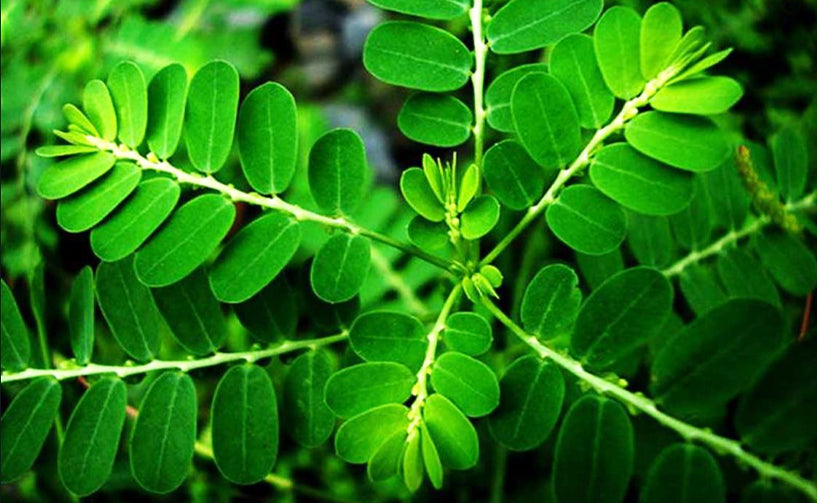Bhumi Amla a.k.a. Phyllanthus Niruri is a medicinal plant from the Phyllanthaceae family. It belongs to the genus Phyllanthus which means ‘leaf and flower’ because its flower can be associated with the leaf. It is mostly found in coastal areas and grows around 50-70 cm in height. The bark of the plant is green and smooth and it has tiny leaves with yellow flowers. The fruit of this plant is like a small capsule.
Bhumi Amla grows quite well on a variety of soils like clay, loamy soils etc. It can even handle temporary water logging. This green herb can be sufficiently found in the rainy season.
This plant is known for its medicinal qualities and has been studied by researchers over the years. Some common names of bhumi amla are stone breaker, seed-under-leaf and gale of the wind. In Sanskrit, it is popularly known as Tamalaki, Bhauphala and Bhudhatri.
Almost all parts of this plant can be used for preparing ayurvedic medicines for treating several health issues. Its carminative, analgesic, digestive, hepatoprotective and nephroprotective properties make it a unique herb. In the Unani system of medicine, the roots of this plant are used for curing liver issues, wounds and skin problems.
Its nutritional value is quite good due to the presence of bio flavonoids, lignans, alkaloids and various enzymes. It has been used in many parts of India for treating jaundice, intestinal infections etc.
Benefits of Bhumi Amla
-
Cure for Hepatitis: Hepatitis B is a fatal disease that has affected people in India. Use of bhumi amla can help in reducing the effects of Hepadna virus which is the root cause of Hepatitis B.
-
Remedy for Gall Stones and Urinary infections: Stones in gall bladder and kidney are a real problem among people of all ages, especially in India. Calcium oxalate deposition results in the formation of such kidney stones. Bhumi Amla prevents the formation of stones. It has diuretic properties that help in breaking down stones and facilitate easy removal through urine.
-
Anti-Malarial Action: Malaria is another common issue caused by mosquito bites. Its symptoms are very difficult to tolerate but bhumi amla has a natural anti-plasmodial action that helps in treating malaria.
-
Relieves Pain: The extract of this herb has amazing healing properties along with a pain-relieving effect. It is anti-inflammatory in nature and helps in healing painful wounds.
-
Prevents Viral Infections: This wonderful herb works really well in bringing down the effects of viral infections in the human body. Thus, it is useful in treating cough, cold and sore throat.
-
Helps in Treating Jaundice: In Ayurveda, bhumi-amla has been used for treating jaundice since ages. The plant juice was given to patients for stabilising the condition of a patient suffering from jaundice. In the modern age, Ayurvedic medicines and supplements with extracts of bhumi amla help a lot in treating jaundice. It has hepatoprotective properties that can largely affect the liver.
- Anti-Cancerous: Studies suggest that bhumi amla has anti-cancer properties. It is also effective in curbing carcinogen cells.






